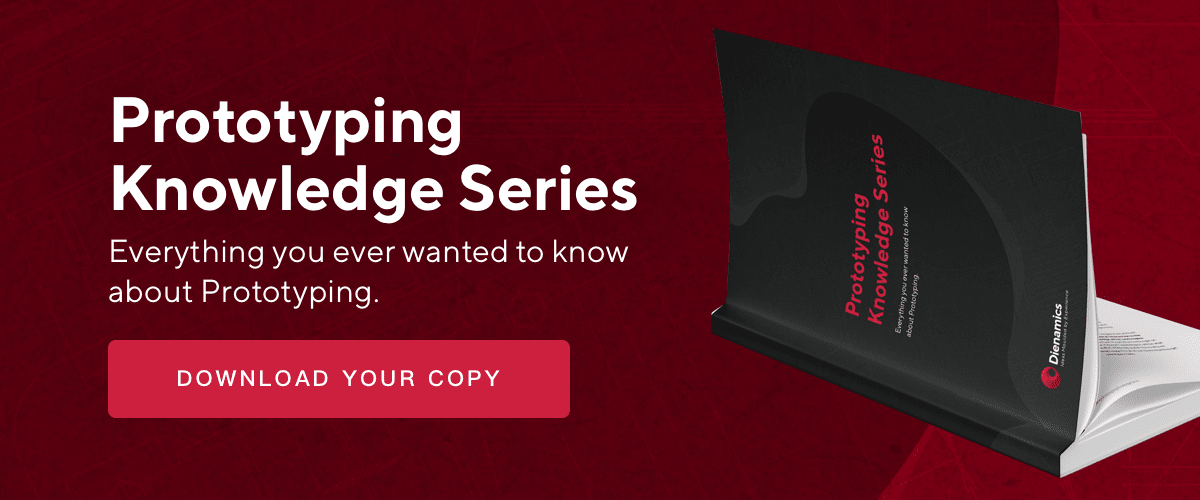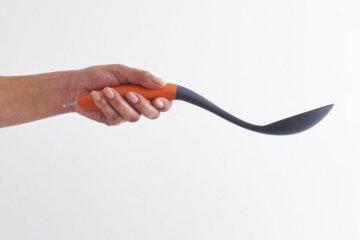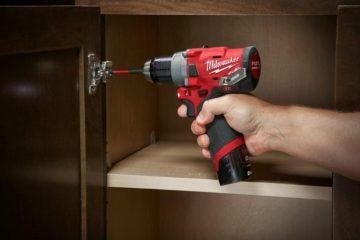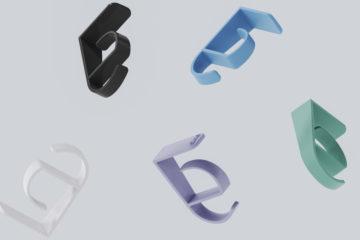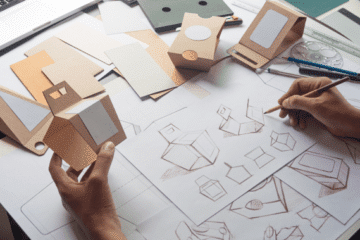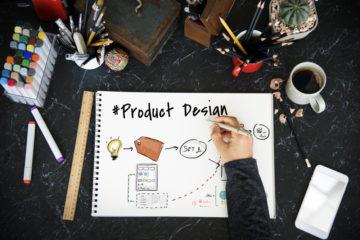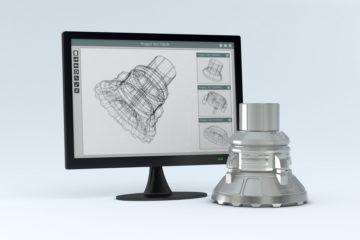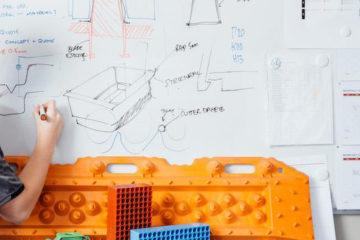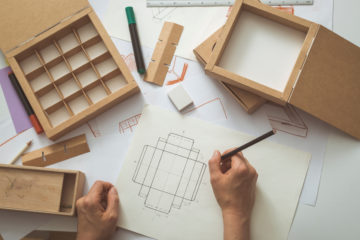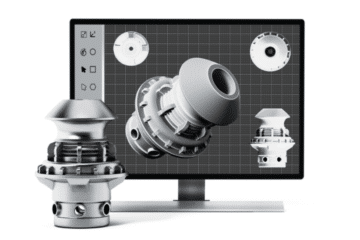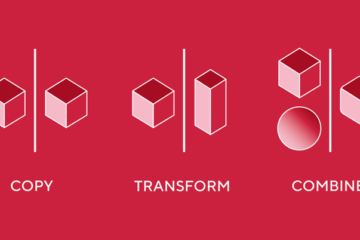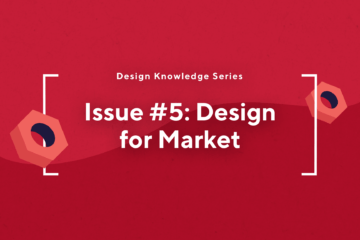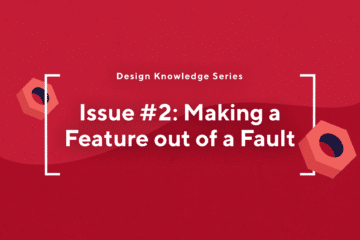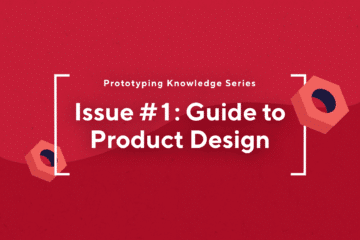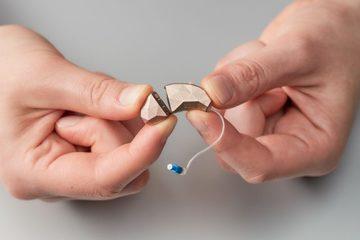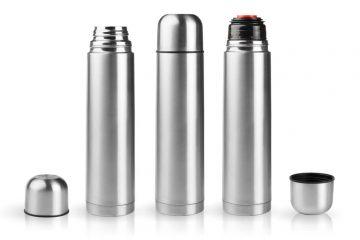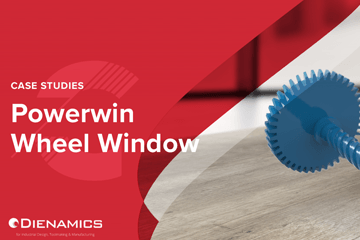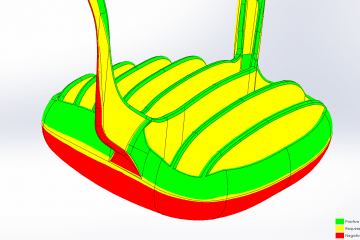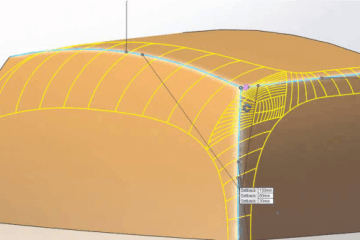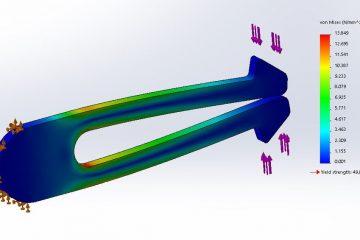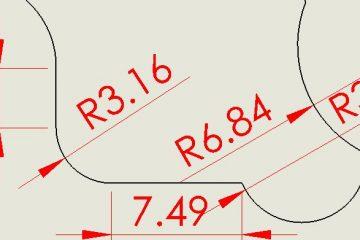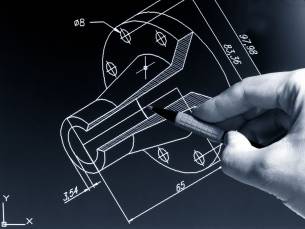Author: Bryce Holliss
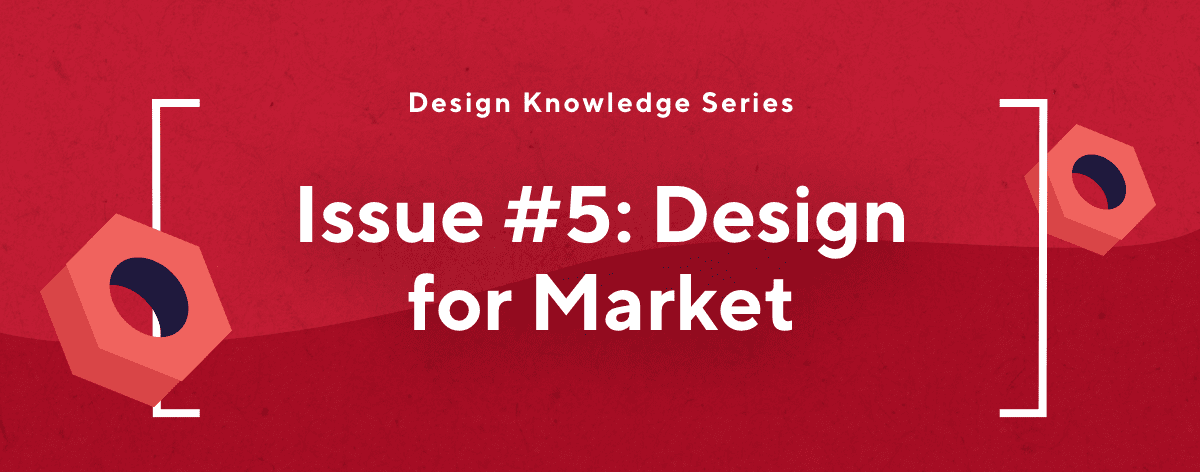
When designing a product, it is important to always take a step back and ask yourself, “why do people want/need this?” and “what will make it sell?”.
Innovative and inventive ideas, by themselves, are not enough to make a product successful. In fact, generating ideas is arguably the easiest part, it is developing a viable product and viable business that is difficult.
So, how do you design a product that people will desire?
Ultimately, it’s all about understanding your target market. Good design means learning about and considering your product users’ wants/needs, discovering the best way to deliver solutions that fulfil these wants/needs, and portraying these solutions in a way that is attractive to your target user.

4 Steps of Designing for Market
Understanding your target market can be broken down into 4 main steps:
1. Understand your product
You need to know what sort of product you are developing. There are 6 main types of products you can develop – new to the world, new product line, adding to existing, improved/revised, repositioned, and cost reduced.
Each of these can benefit you in different ways – see the table below. Generally, cost reduced product developments, that take an existing product and redesigned it to be cheaper to manufacture, take less time to develop however also offer less potential to return a high margin of market share or number of sales.
Alternatively, new to the world products, which are an entirely new innovation often take a longer time to develop and introduce though they offer a large portion of potential market share and a subsequential potential of profiting greatly.

2. Understand the context of use.
What environmental, geographical, and cultural considerations do you need to make? For example, is the product intended to be used in cold and wet environments? Perhaps it needs to be waterproof or water-resistant? Does it include electronics? Do these electronics need to be insulated so that they aren’t affected by the cold? Does the product require electricity? Is electricity overly expensive or unreliable in locations the product will be used? Do you need to include a way it can be operated without electricity, or have battery storage?
The way you design a product for different contexts of use is going to greatly alter and affect what your product physically looks like, and what its’ required performance properties are.
3. Understand your target demographic.
Who exactly are you designing for? Is it middle-aged, middle-class women? Or is it teen boys aged 15 to 17yrs old? Everyone has subjective tastes and interests and understanding your products’ user demographic is about discovering similarities between potential buyers that you can group together and target.
Design doesn’t really have a one size fits all approach, even when designing two products for different markets, that have the same function, chances are you will design them differently. In Issue #2 Making Features from Faults of this Design Knowledge Series, we covered exactly this. Comparing two cordless hammer drill designs, one by Hilti targeting industrial buyers, and another by Ryobi targeting DIYers we can see the differences in their approaches to including or considering different product features, colours, design styles, and manufacturing/sales costs.
4. Understand/identify wants and needs.
The way you design a clothes peg differs from the way you’d design a smartphone not only in complexity but also because both products fulfil vastly different user wants and needs. You wouldn’t put a touchscreen on clothes peg the same way you wouldn’t design a smartphone to clip on to a clothesline.
If you know who your target market is, and what context your product is to be used in, you can identify exactly what it is your user’ wants and needs. You can start to answer questions like:
- What product primary functions does it need to have?
- What secondary functions would your user want it to have?
- What would aesthetically appeal to your target user?
In the preliminary stages of designing a product, undertaking a Product Value Proposition study, as well as mapping out your Business Model Canvas are two great tools you can use to point yourself in the right direction of designing for your target market. These documents help you to understand your products’ requirements, and they give you a frame of reference to refer back to when making design decisions. Find more information and free downloadable PDF templates of these tools in the “Resources – Resource Center” page or simply click on these links to open the PDFs directly -> Dienamics – Value Proposition Canvas Template & Dienamics – Business Model Canvas Template.
The purpose of ‘designing’ your product, and indeed engaging industrial designers, is to help you define the problem it is you’re trying to solve, come up with and ideate different product ideas that solve this problem, enhance the product solution for human interaction (i.e., ergonomics), ensure the products technical feasibility/manufacturability and help you to communicate it all effectively.
At Dienamics, we have a team of industrial designers who, unlike most design firms, work alongside toolmakers and injection moulders meaning we can offer a full one-source product design and development process all under one roof.
We can make your product desirable, we can make it manufacturable, and then we can actually make it. Want expert advice? Contact us today for a free consolation!
Subscribe to Our Newsletter
Get the latest news from Dienamics into your inbox





